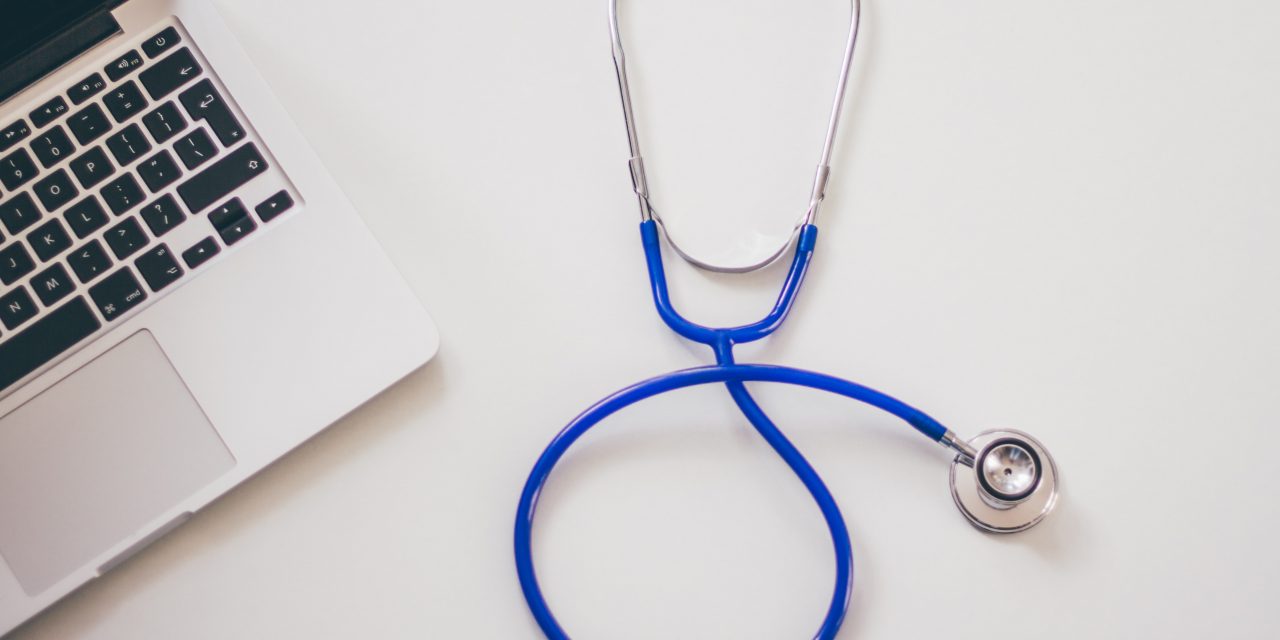“Intellectual property” is the broad term for the area of law that involves the protection of proprietary rights and includes patents, trademarks, copyrights, trade secrets, and other forms of exclusive rights in intangible property. This area of law is the primary method to protect against the theft of intangible rights and technology. The various kinds of protection are not mutually exclusive. Examples of health care related intellectual property are: (1) patents on chemical compounds for pharmaceutical use; (2) trademarks on brand names for drugs; (3) trade secret protected and privacy rights in patient lists.
Copyrights
1. Copyright law does not protect ideas; it only protects expressions of ideas. If you write up a business plan, create a database, or write software source code, the underlying ideas and functionality are not protected. Copyright law is exclusively federal law in the United States.
2. Copyright law automatically protects original and non-trivial expressions “fixed in a tangible medium of expression.” As soon as pen touches paper, or a computer file is saved to disk, copyright law protects it.
3. Copyright notices (e.g., “© 1998, XYZ Corp.”) and copyright registration are both optional, but both are recommended for works that have value and that can be copied. The Copyright Office’s Web site provides forms and information on how to fill them out, and may be found at <http://lcweb.loc.gov/copyright>.
4. The penalties for copyright infringement may include money damages and injunctions and, in case of willful infringement for profit, criminal sanctions.
Application: A. Musical Broadcasts: BMI seeks license revenues by its Health Care Multiple Use License for rebroadcast of copyrighted musical works by radios and televisions placed in doctors’ offices and hospitals. BMI pursued a hospital for nearly a year to take a license for music for which the hospital had already paid a leasing company.
B. Databases: Databases are becoming increasingly important to the health care industry. There is an “informatics” wave taking over the industry. In 1997, it was estimated that over $100 billion was spent annually for the use of commercial electronic databases, making such databases the sixth largest segment of the information industry and second in information technology sales. These include databases of chemical structures and gene sequencing information for scientific research and development purposes, collections of medical treatment outcomes and efficacy studies, and patient data. Generally, databases are subject to copyright protection as collections or compilations under U.S. and international copyright laws, provided that there is at least some degree of originality in the selection, arrangement or coordination of the contents.
C. Software Licensing: We draft, negotiate and advise on major software licensing transactions between health care clients and the licensors/vendors of copyrighted software, and among such vendors, clients and third parties.
Trademarks
1. Trademark law protects distinctive and non-functional terms, designs and other ways of distinguishing your goods or services from those of your competitors. It does not protect the underlying goods or ideas themselves. Examples include the Nike “swoosh” and the Blue Cross “cross” logo.
2. The “strength” of a trademark is connected to its distinctiveness. The more distinctive a mark, the greater the protection it receives compared to other marks for similar goods or services. Think of it as a spectrum:
Type: Generic Descriptive Suggestive Arbitrary Coined
Strength: None Maybe Good Better Best
3. There are three sources of U.S. trademark law: Common law, state law and federal law. Common law trademark protection costs nothing. All you have to do is to place “™” next to a mark for goods or “SM” next to a mark for services, and that will notify others that you claim the mark as yours. State trademark registrations provide notice throughout the state of registration. A federal registration provides notice throughout the U.S., and gives you the right to use the “®” symbol, which you do not have the right to use otherwise.
4. The standard test for trademark infringement is whether there is a reasonable likelihood of confusion as to the source of the goods or services in question.
Application: A. Trademark licensing issues: A hospital may enter into a joint venture with a clinic in which the hospital licenses its trademarks to the joint venture entity for the term of the hospital’s involvement in the joint venture. Care must be taken to control the quality and use of the trademarks in license agreements.
B. Trademark ownership issues when physician practices move: When a group of doctors left one Philadelphia area hospital for another and kept using a service mark which had been registered by the first hospital, the first hospital could sue to enjoin use of the mark and to determine ownership of the mark.
Patents
1. Patent law does not protect mere ideas. Rather, it protects “inventions,” which are defined as any new and useful process, machine, manufacture, or composition of matter, or an improvement to any of the foregoing. The statutory requirement of “reduction to practice” of the invention can be met merely by filing an application containing a complete disclosure of it.
2. In order to be patentable, the invention must be non-obvious to a person who has ordinary skill in the “art” or area of invention. This is a much tougher standard than copyright law’s “non-trivial” requirement. The PTO’s examining officers are the “gatekeepers” of this standard. Patent law, like copyright law, is exclusively federal law in the United States.
3. In the U.S. a patent application should be filed prior to any public use or showing (e.g., a trade show) of the invention, or a sale of the invention (or anything made or incorporated with the invention). If you do any of the above before filing a patent application, you may lose the right to file a patent in most other countries, and you begin a one-year period of time in which you must file a patent application in the U.S. or lose the right to ever file on that invention.
Application: A. Inventions by doctors: A surgeon designs and invents a new tool for operating on patients.
B. Biotechnology: a biotechnology company isolates a new gene or invents a new process for drug delivery.
Trade Secrets
1. The Uniform Trade Secrets Act provides protection for any formula, pattern, compilation, program, device, method, technique, or process that is secret. A majority of states have adopted the UTSA (not including Pennsylvania yet). Examples are patient lists and secret chemical compound synthesis processes.
2. The UTSA requires relative, not absolute, secrecy. The test is reasonableness.
3. Recent federal law also provides for the protection of trade secrets under the Electronic Espionage Act of 1996.
Technology
Here are some other examples of the application of intellectual property law to health law:
Y2K — To the extent that their planning processes are longer, and they are more likely to be using older technology, health care entities are far more likely to be hurt by the Y2K bug than other better prepared industries. A recent Wall Street Journal article quoted a new Senate Report claim that the U.S. health industry was ill-prepared for the Y2K problem, citing rural and inner city hospitals as particularly at risk.
Informatics — The acquisition, use, manipulation, protection and distribution of health care information will continue to be big business and present great opportunities for growth of both the Health Law and Intellectual Property practice areas.
Technology-Related Agreements — Whether it’s a computer software license, a lease for several million dollars of computer hardware or other equipment, we are available to review the documents for any issues or problems.
Mergers, Acquisitions, Joint Ventures — We can function as a team member in due diligence and draft agreements for joint development efforts and technology transfers.
Telemedicine — This is a new area of health care that is entirely technology-based and technology-dependent. It allows providers in one geographic location to treat patients in another geographic location.
Web Sites of Interest — A list of Web sites of interest to health lawyers is attached.
Need help? Have a question? Please do not hesitate to contact me at 610-251-5086, Fred Wilf (Berwyn) at 610-251-5082 or Sherry Flax (Baltimore) at 410-332-8784 for more information




